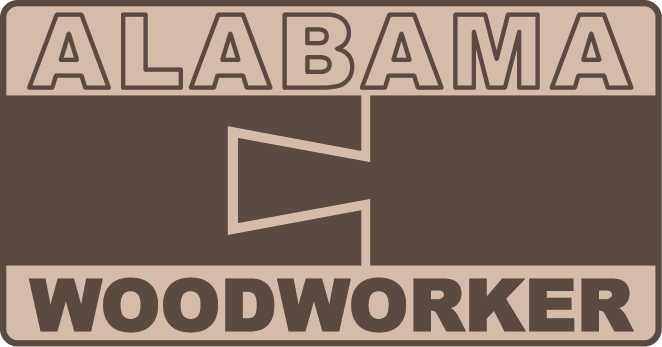The mortises for drop leaf hinges requires a single template and spacer for the leaves and barrel of the hinge.
*This post is sponsored by The Home Depot
Links below are affiliate links, clicking on them helps me keep this site going at no extra cost to you . Thank you for supporting my site.
Drop leaf hinges are different from butt hinges in that the leaves are two different lengths. The shorter leaf attaches to the table top center, whereas the longer leaf attaches to the drop leaf. This configuration allows for the rule joints to rotate past one another. I’m using the Rockler Drop Leaf Hinges for Shaped Edges. Rockler has a downloadable PDF that has some valuable information about the hinges that I used to produce the template that I needed. Installing the hinges is a two step process. I first need to mortise for the hinge leaves and then mortise for the hinge knuckle. This can all be done with a single template and a spacer.
The Rockler Drop Leaf Hinges for Shaped Edges allows for the rule joints to rotate past one another.
The template is quite simple. It is nothing more than a piece of plywood with a pocket cut out to match the exact size of the hinge. This is done by ripping a piece of plywood to the exact of the the hinge. I then sandwich the hinge on all four sides with plywood to create the pocket for the template. I use CA glue to attach these plywood pieces to each other. I also use a thin strip of plywood along the edges of the template for reinforcement.
The template is nothing more than pieces of plywood glued together to create a pocket to match the exact size of the hinge.
The tricky part is locating where these hinge mortises need to be located relative to the center panel and drop leaf. Rockler’s spec sheet suggests that back edge of the hinge mortise on the center panel needs to be 1-7/8” from the ruled edge of the center panel. I mark that setback as well as the line for the ruled edge. I write out the orientation the template needs to lay on the table top so that I don’t make any mistakes. I also mark the setback on the center panel to make sure I properly align the template. Next, I clamp the center panel and drop leaves together to prepare for the routing operation.
I use double stick take to attach the template to the table top. This offers plenty of temporary holding power.
I align the setback edge of the template with the setback line marked on the center panel.
I first need to rout for the knuckle mortise. I use a spacer block that fits into the template to locate the knuckle mortise. The spacer is 1-9/16” long and it goes against the drop leaf side of the hinge template.
I’m using a 3/8” mortising bit inside of a 1/2” guide bushing to route the knuckle.
I route the knuckle mortise 3/16” deep making sure to follow the edge of the knuckle spacer.
This produces a clean mortise for the knuckle that I’ll square up later with chisels.
To mortise for the hinge plate leaves, I use a short flush trim bit set to the depth of the template plus the hinge leaf.
I like using the DeWalt 20V Max Compact Router for this operation because it's lightweight and easy to handle for these more refined machining operations.
I use a compact router and short flush trim bit to route the hinge mortise leaves.
I then use the template as a guide to square up the edges of the hinge mortises with a chisel.
Once I remove the template, I then square up the hinge knuckle mortise with a chisel.
The result is a perfect fitting hinge.
The last thing I need to do is fasten the hinges. I first pre-drill for the screws using a self centering drill bit and the DeWalt ATOMIC 20-Volt MAX Lithium-Ion Cordless Hammer Drill. I then drive the screws using the variable speed function on the DeWalt ATOMIC 20-Volt MAX Lithium-Ion Cordless Impact Driver.
With the use of a single routing template, I was able to produce the mortises for the drop leaf hinges. The result is a properly functioning drop leaf table.
















